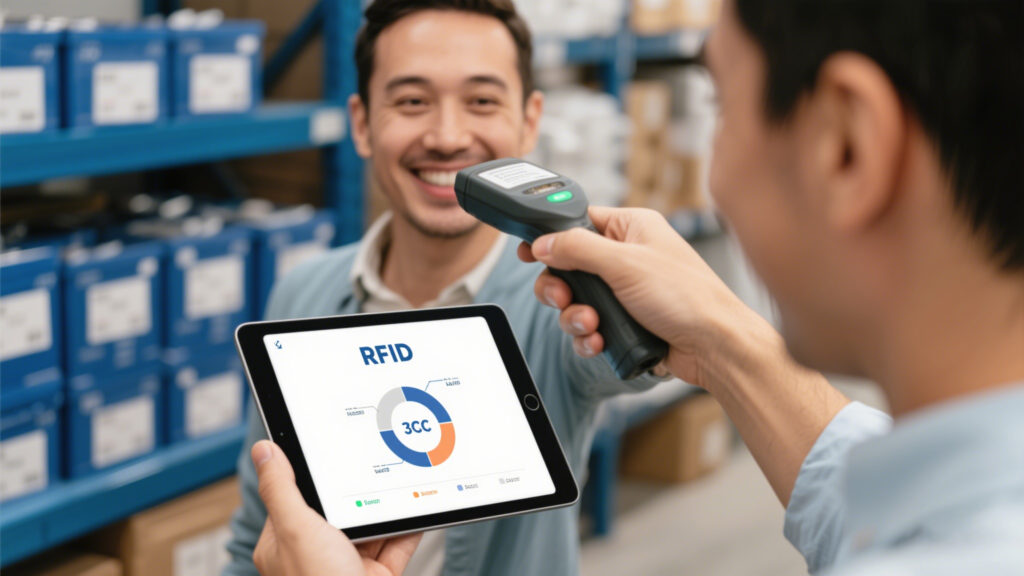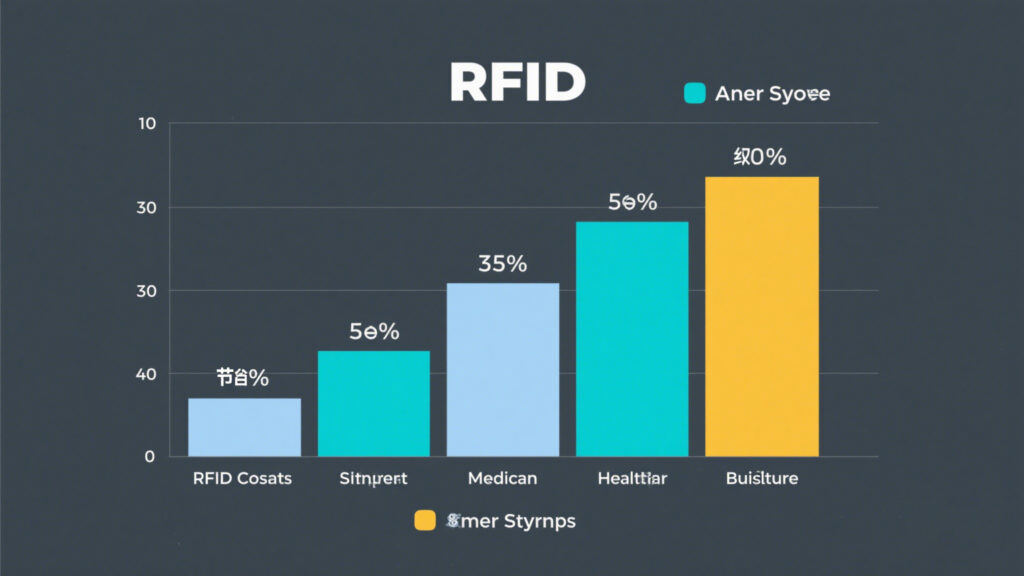RFID for Tool Tracking: Streamlining Safety and Operations in High-Risk Industries
235Discover how RFID for tool tracking enhances safety, compliance, and efficiency in high-risk industries. Learn about Cykeo’s automated solutions.
MoreAll RFID Product
For small and medium enterprises (SMEs), every dollar counts. RFID technology promises efficiency gains, but upfront costs often spark hesitation. Can an RFID system truly pay off for smaller operations? Let’s break down the expenses, hidden savings, and strategies to maximize ROI—without the jargon.

1. Initial Investment
2. Hidden Savings
A UK-based apparel company with two stores and a warehouse invested $12,000 in a passive RFID system:
Results in 12 Months:

1. Tag Expenses
2. Software Overhead
3. Maintenance
Cykeo offers scalable RFID kits tailored for smaller budgets. Their entry-level bundle includes:
A bakery chain using Cykeo’s system tracked 5,000 baking trays across locations, cutting replacement costs by $8,000/year.
Use this formula:
ROI=Initial InvestmentAnnual Savings−Annual Costs×100
Example:
Discover how RFID for tool tracking enhances safety, compliance, and efficiency in high-risk industries. Learn about Cykeo’s automated solutions.
MoreDiscover UHF RFID: How ultra-high frequency tags enable long-range tracking up to 15m, enhance supply chains, and transform industrial automation.
MoreLearn the key differences between handheld and fixed RFID frequency detectors, their real-world uses, and how to pick the right one for your RFID system.
MoreDiscover how the auto sweep rfid system simplifies road travel through a single account, faster toll access, and seamless cashless payment integration.
More